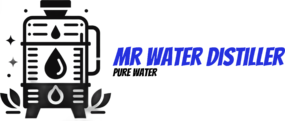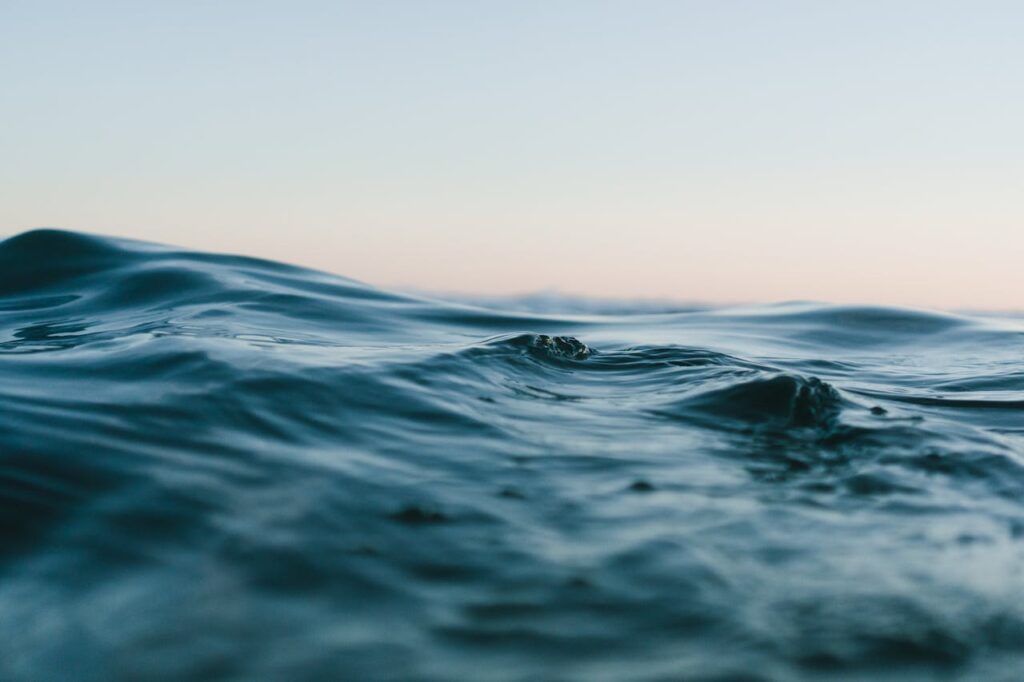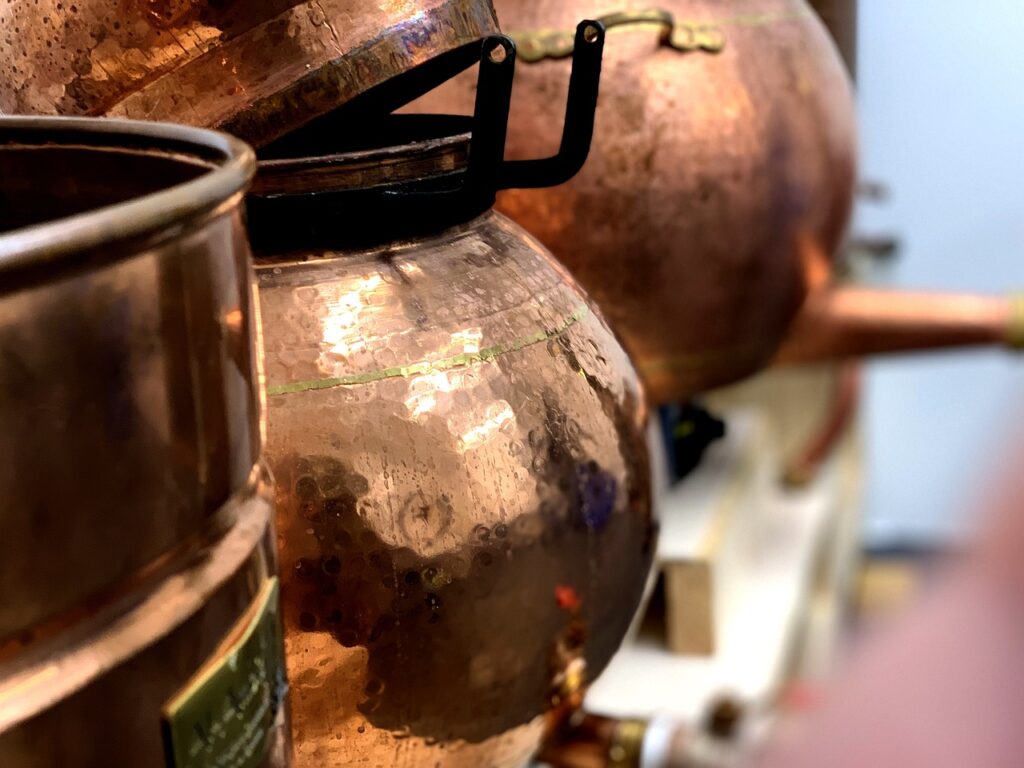Key Takeaways
- Water distillation is a process that removes impurities from water by boiling it and then condensing the steam.
- Automatic water distillers are convenient and require minimal supervision, making them ideal for busy households.
- The advantages of automatic water distillers include ease of use, consistent performance, and automatic shut-off features for safety.
- Disadvantages of automatic water distillers may include higher initial cost, reliance on electricity, and potential for mechanical malfunctions.
- Manual water distillers offer more control over the distillation process, lower initial cost, and independence from electricity, but require more time and effort to operate.
Introduction to Water Distillation
Access to clean, pure water is a fundamental necessity for maintaining good health and well-being. Water distillation is a widely recognized method for removing impurities and contaminants from water, ensuring that it is safe for consumption. The process of water distillation involves heating water to its boiling point, allowing the water vapor to condense, and then collecting the purified water. This process effectively removes a wide range of contaminants, including heavy metals, minerals, and microorganisms, resulting in water that is free from impurities and safe to drink.
The benefits of water distillation are numerous. Distilled water is not only free from harmful contaminants but also has a neutral pH, making it an ideal choice for various applications, such as medical equipment, laboratory work, and even certain cooking and cleaning tasks. By investing in a reliable water distillation system, individuals and households can enjoy the peace of mind that comes with having access to high-quality, purified water on demand.
Understanding Automatic Water Distillers
Automatic water distillers are a convenient and efficient solution for those seeking a hassle-free way to obtain purified water. These devices are designed to automate the water distillation process, eliminating the need for manual intervention. The working principle of an automatic water distiller involves heating the water to its boiling point, allowing the water vapor to rise and condense, and then collecting the purified water in a separate container. These distillers are equipped with various features, such as automatic shut-off mechanisms, water level sensors, and temperature controls, which ensure the consistent production of high-quality distilled water.
One of the key components of an automatic water distiller is the heating element, which is responsible for bringing the water to its boiling point. Additionally, these devices often include a condenser, which facilitates the cooling and condensation of the water vapor, and a collection container to store the purified water. Some advanced automatic water distillers may also feature built-in filters or additional purification stages to further enhance the water quality.
Advantages of Automatic Water Distillers
The primary advantage of automatic water distillers is their convenience and ease of use. These devices require minimal user intervention, as they automate the entire distillation process. This means that once the water is added and the distiller is turned on, the device will handle the rest, producing a consistent supply of purified water without the need for constant monitoring or manual operation.
Another significant advantage of automatic water distillers is their consistent and reliable water production. These devices are designed to maintain a consistent temperature and pressure throughout the distillation process, ensuring that the water quality remains consistent from one batch to the next. This consistency is particularly beneficial for households or individuals with high water consumption needs, as it eliminates the need to constantly monitor and adjust the distillation process.
Automatic water distillers also offer the potential for energy efficiency. Many modern models are designed with energy-saving features, such as insulation and efficient heating elements, which can help reduce the overall energy consumption and operating costs associated with the distillation process.
Disadvantages of Automatic Water Distillers
| Feature | Automatic Water Distiller | Manual Water Distiller |
|---|---|---|
| Convenience | High | Low |
| Energy Consumption | Higher | Lower |
| Price | More expensive | Less expensive |
| Control | Automatic | Manual |
One of the primary drawbacks of automatic water distillers is their higher initial cost compared to manual distillers. These devices often require a significant investment upfront, which may be a deterrent for some consumers, especially those on a tight budget.
Additionally, automatic water distillers, like any mechanical device, are susceptible to potential failures and the need for maintenance. While these devices are designed to be reliable, they may require periodic cleaning, filter replacements, or even repairs, which can add to the overall cost of ownership and inconvenience for the user.
Another potential disadvantage of automatic water distillers is the limited control over the distillation process. These devices are designed to operate autonomously, which means that users have less control over the various parameters, such as temperature, pressure, and distillation time, compared to manual distillers. This can be a concern for individuals who prefer a more hands-on approach to water purification or who have specific water quality requirements.
Understanding Manual Water Distillers
In contrast to automatic water distillers, manual water distillers require a more hands-on approach to the distillation process. These devices are designed to be operated manually, with the user responsible for tasks such as heating the water, monitoring the distillation process, and collecting the purified water.
The working principle of a manual water distiller is similar to that of an automatic distiller, involving the heating of water to its boiling point, the condensation of the water vapor, and the collection of the purified water. However, the key difference lies in the level of automation and user involvement. Manual distillers typically have a simpler design, with fewer components and features, and require the user to actively participate in the distillation process.
One of the defining features of manual water distillers is their reliance on a heat source, such as a stovetop or a dedicated heating element, which the user must control and monitor to ensure the proper distillation temperature is maintained. Additionally, manual distillers often require the user to manually collect the purified water, either by placing a container under the distillation outlet or by manually transferring the water to a separate storage container.
Advantages of Manual Water Distillers
The primary advantage of manual water distillers is their lower initial cost compared to automatic models. These devices typically have a simpler design and fewer components, which translates to a more affordable price point for consumers.
Another advantage of manual water distillers is the increased control they offer over the distillation process. Since the user is actively involved in the operation of the device, they have the ability to adjust various parameters, such as the heating temperature, the distillation time, and the water flow rate, to achieve the desired water quality. This level of control can be particularly beneficial for individuals with specific water purification requirements or those who prefer a more hands-on approach to water treatment.
Manual water distillers also offer the potential for customization and personalization. Users can choose from a variety of manual distiller designs, materials, and features to suit their specific needs and preferences, allowing for a more tailored water purification solution.
Finally, the simplicity of operation associated with manual water distillers can be seen as an advantage. These devices often have a straightforward design and require fewer steps to operate, making them a suitable option for individuals who prefer a more basic and uncomplicated approach to water distillation.
Disadvantages of Manual Water Distillers
One of the primary disadvantages of manual water distillers is the increased time and effort required for operation. Unlike automatic distillers, which handle the entire distillation process with minimal user intervention, manual distillers require the user to actively monitor and control the various steps, such as heating the water, adjusting the temperature, and collecting the purified water. This can be a time-consuming and labor-intensive process, particularly for individuals with high water consumption needs or those who require a consistent supply of purified water.
Another potential disadvantage of manual water distillers is the potential for inconsistent water production. Since the user is responsible for maintaining the proper temperature and monitoring the distillation process, there is a higher risk of variations in water quality and output from one batch to the next. This can be a concern for individuals who require a reliable and consistent supply of purified water.
Finally, manual water distillers offer limited automation and user convenience compared to their automatic counterparts. These devices require the user to be present and actively involved throughout the distillation process, which can be inconvenient for individuals with busy schedules or who prefer a more hands-off approach to water purification.
Factors to Consider When Choosing Between Automatic and Manual Distillers
When deciding between an automatic or manual water distiller, there are several key factors to consider:
Budget and financial considerations: Automatic water distillers generally have a higher initial cost compared to manual distillers. Consumers with a tighter budget may find the lower upfront cost of manual distillers more appealing.
Desired level of automation and user convenience: Individuals who prioritize convenience and minimal user involvement may prefer the hands-off approach of automatic water distillers. In contrast, those who enjoy a more hands-on experience or have specific water purification requirements may find manual distillers more suitable.
Frequency of use and water consumption needs: Households or individuals with high water consumption needs may benefit more from the consistent and reliable water production of automatic distillers. Those with lower water demands may find manual distillers adequate to meet their needs.
Maintenance and repair requirements: Automatic water distillers, being more complex devices, may require more frequent maintenance and potential repairs, which can add to the overall cost of ownership. Manual distillers, with their simpler design, may be easier and less expensive to maintain.
Personal preferences and priorities: Ultimately, the choice between an automatic or manual water distiller will depend on the individual’s personal preferences, priorities, and specific water purification requirements.
Determining the Best Option for Your Home
In conclusion, both automatic and manual water distillers offer unique advantages and disadvantages, and the choice between the two will depend on the individual’s specific needs and preferences. Automatic water distillers provide convenience, consistent water production, and potential energy efficiency, but they come with a higher initial cost and the potential for mechanical failures. Manual water distillers, on the other hand, offer a lower upfront cost, increased control over the distillation process, and simplicity of operation, but they require more time and effort from the user.
When evaluating the best option for your home, it is essential to carefully consider factors such as your budget, desired level of automation, water consumption needs, maintenance requirements, and personal preferences. By weighing these factors and prioritizing your specific needs, you can make an informed decision that will ensure you have access to high-quality, purified water that meets your household’s requirements.
Ultimately, the choice between an automatic or manual water distiller is a personal one, and there is no one-size-fits-all solution. By understanding the key differences between these two options and evaluating your unique needs, you can make a well-informed decision that will provide you with the peace of mind and the assurance of having access to clean, safe, and reliable water for years to come.
Frequently Asked Questions
What is a water distiller?
A water distiller is a device that purifies water by boiling it and then condensing the steam back into liquid form, leaving behind impurities and contaminants.
What is an automatic water distiller?
An automatic water distiller is a water distillation unit that operates without the need for manual intervention. It typically has automated features such as self-filling, self-cleaning, and shut-off mechanisms.
What is a manual water distiller?
A manual water distiller is a water distillation unit that requires manual intervention for tasks such as filling the unit with water, cleaning, and monitoring the distillation process.
What are the advantages of an automatic water distiller?
Automatic water distillers offer convenience and ease of use, as they require minimal manual intervention. They are also equipped with features such as self-cleaning and shut-off mechanisms, making them low-maintenance.
What are the advantages of a manual water distiller?
Manual water distillers are typically more affordable than automatic ones. They also offer users more control over the distillation process and may be preferred by those who enjoy a hands-on approach to water purification.
Which is best for home use, automatic or manual water distillers?
The choice between automatic and manual water distillers ultimately depends on individual preferences and needs. Automatic distillers offer convenience and ease of use, while manual distillers may be preferred by those on a budget or who prefer more control over the distillation process.



